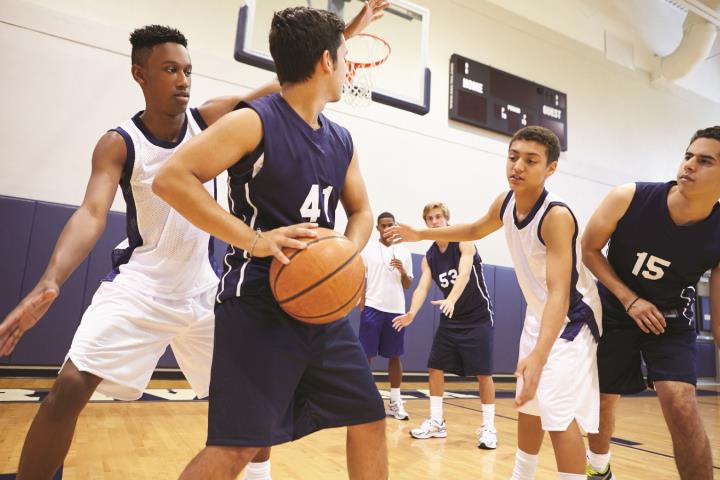Aug 04, 2025

Balancing the demands of academics and athletics is a challenge for student-athletes. Student-athletes must juggle attending practices, traveling to games, spending time in the classroom, doing homework, and completing other assignments. Being a successful student-athlete requires discipline, and the following tips can help student-athletes balance studies and sports.
Embrace organization
Being organized requires knowing what is required of you and when. It's important to set up a way to keep track of your schedule and your obligations in sports and in the classroom. Invest in a planner that works for you, whether it's digital on a phone or computer, or a paper planner. Consider color-coding items so they stand out, and you'll be able to scan easily.
Establish a schedule
A routine will keep you on track. Identify your responsibilities and when you will be handling them. Some are non-negotiable. Classes, for example, are in session at certain times every day. Practices may be consistent times, but games may vary. When patterns of free time become known, they can be filled in with study and homework sessions and downtime.
Be flexible
There are times when peak season for sports may coincide with exam and assignment deadlines. This time will not last forever, and being flexible and changing things on the fly may be necessary.
Establish your priorities
Many studies show just how important sports and physical activity can be for students. However, if sports ultimately and consistently are impeding students' ability to do well in the classroom, a reassessment of priorities may be necessary. Sports may have to take a backseat to academics until grades are back on track. Remember, you are a student first and then an athlete. In fact, most schools have some sort of minimum grade requirement for athletes, so a pause in sports may be mandated by school administrators.
Keep lines of communication open
It's important to speak with professors and coaches so you have the best chances of success. Communicate if there are any scheduling conflicts and discuss with teachers if there are opportunities to make up any missed work or keep up with studies, if necessary.
Study with others
Many student-athletes will be in the same boat. Pool your resources to study together and support one another, both in athletics and academics.
Student-athletes will have to embrace time management and other skills to juggle the responsibilities of their sports and studies.








